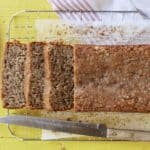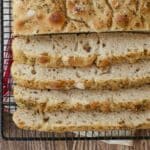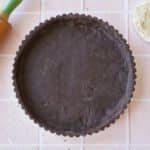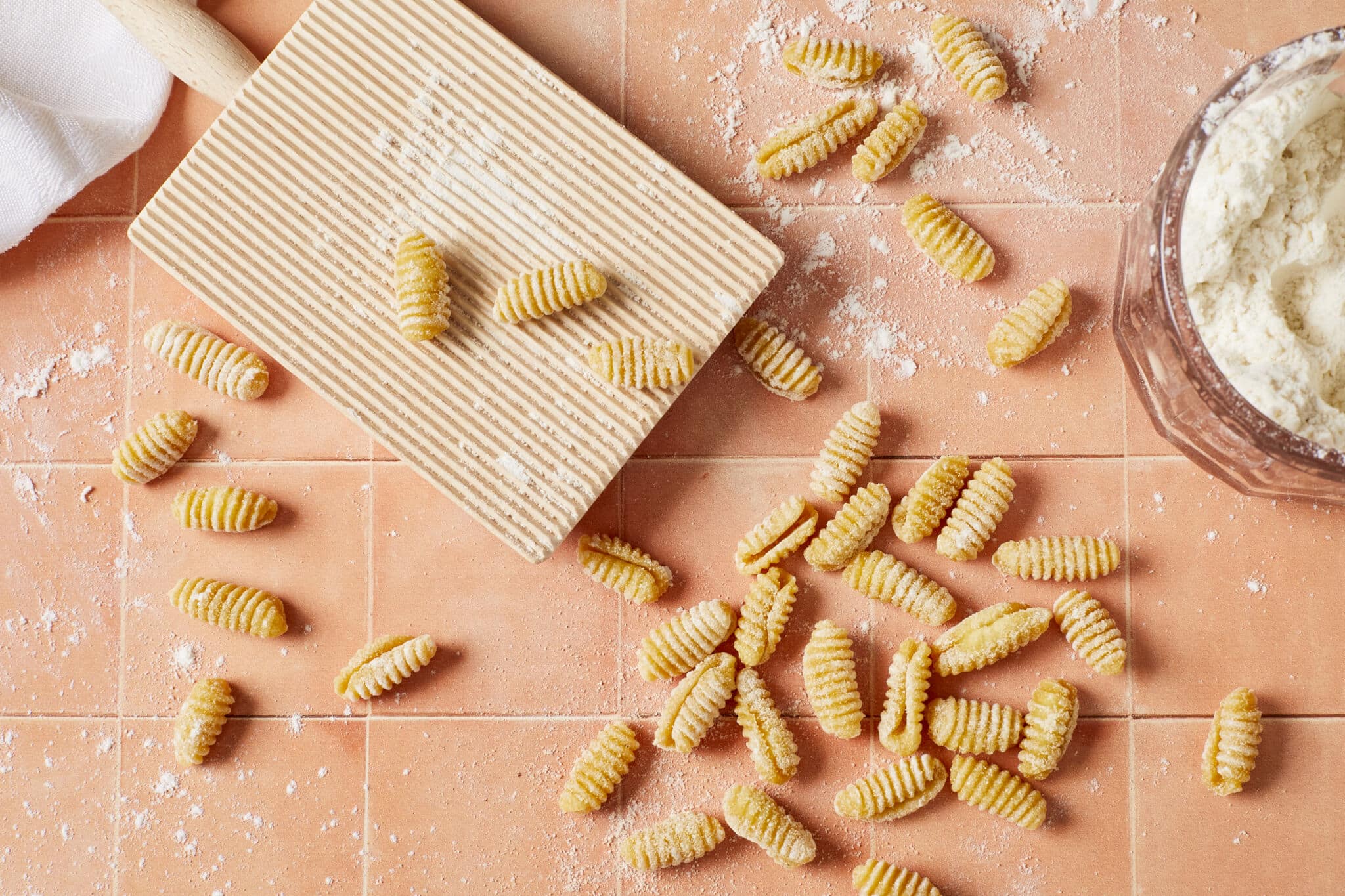
This post may contain affiliate links. Please see my full disclosure for details.
Hi Bold Bakers!
WHY YOU’LL LOVE THIS RECIPE: Malloreddus, or gnocchetti sardi, are small, ribbed shells made from a simple, flavorful semolina dough. A hearty pasta with a satisfyingly chewy texture and the wheaty, slightly nutty taste of semolina, malloreddus is the perfect pasta choice for a variety of sauces, but especially a thick meat ragu—the nooks and ridges of this shape ensures it picks up every bit of sauce!
This Malloreddus pasta is made from my master Semolina Pasta Recipe. I can’t wait to share with you each variation of it and be sure to check out Busiate (spiral), Trofie (twisted pasta), Foglie (olive leaf), Cavatelli (mini hot dog bun), and Orecchiette (small ears). Orecchiette Pasta Recipe!
Table of Contents
- What is Malloreddus Pasta? (Gnocchetti Sardi)
- Tools You Need
- Key Ingredients and Why
- How to Make Malloreddus Pasta
- Can I Make Malloreddus Pasta in Advance?
- How to Store Malloreddus Pasta
- How to Dry Fresh Pasta Correctly at Home
- FAQs
- Gemma’s Pro Chef Tips
- More Italian Recipes
What is Malloreddus Pasta? (Gnocchetti Sardi)
- Malloreddus or “Gnocchetti Sardi”, is a small rolled pasta with a ridged texture. It originated in Sardinia.
- It comes from the Italian word malloru which means “small calf.” Because of its ribbed, potato gnocchi-like look, it’s often referred to as gnocchetti sardi, little gnocchi, or Sardinian gnocchi.

- Traditionally malloreddus was formed by using a wooden tool called a ciurili to press the pasta dough against a reed basket. The reed indentations gave the pasta its ridges (rigate).
- Sometimes a pinch of saffron is mixed with the dough to intensify the golden color.
- Malloreddus is an important part of Sardinian culture and it’s enjoyed at holidays, weddings, and other special events.
- Malloreddus alla Campidanese is a well-known dish featuring a tomato, sausage, saffron, and sauce with fennel seeds.
Tools You Need
- Food processor or bowl
- Measuring cups and measuring spoons
- Gnocchi board or fork
- Baking tray
Key Ingredients and Why
-
Semolina flour
- Semolina flour is made from hard durum wheat, the species of wheat used to make pasta.
- This high gluten, high protein (13%) content gives semolina flour more durability and elasticity. That helps the pasta keep its shape while cooking and gives your pasta that wonderful al dente texture.
- It has a coarse, grainy texture, and is pale yellow in color from the carotenoids, the natural pigment found in durum wheat as well as in carrots and sweet potatoes.
How to Make Malloreddus Pasta (Gnocchetti Sardi)
- Make the dough from my 2-Ingredient Semolina Pasta Recipe.
- Shape the malloreddus
- Divide the dough into quarters and work with one section at a time. Keep the rest of the dough covered so it doesn’t dry out. Roll the dough into a rope 1/3 inch (1 cm) thick.
- Cut the rope into 1/2-inch rectangles.
- Take each small rectangle of dough one at a time, and press against the gnocchi board. If you find that the dough is sticking, lightly flour the board.
- Use the side of your thumb to push the dough away and onto the board, so that the dough curls around your thumb. If you don’t have a gnocchi board, you can try rolling the pieces of dough over the back of a fork.
- As soon as you finish a piece, place it on the semolina-dusted baking tray.
- Cook and store the malloreddus
- To ensure the pasta keeps its shape while cooking, allow the pasta to completely air-dry for 12-24 hours.
- When ready to serve, cook your pasta in large pot of water with salt (for flavor and to prevent it from sticking) for 6 to 10 minutes.
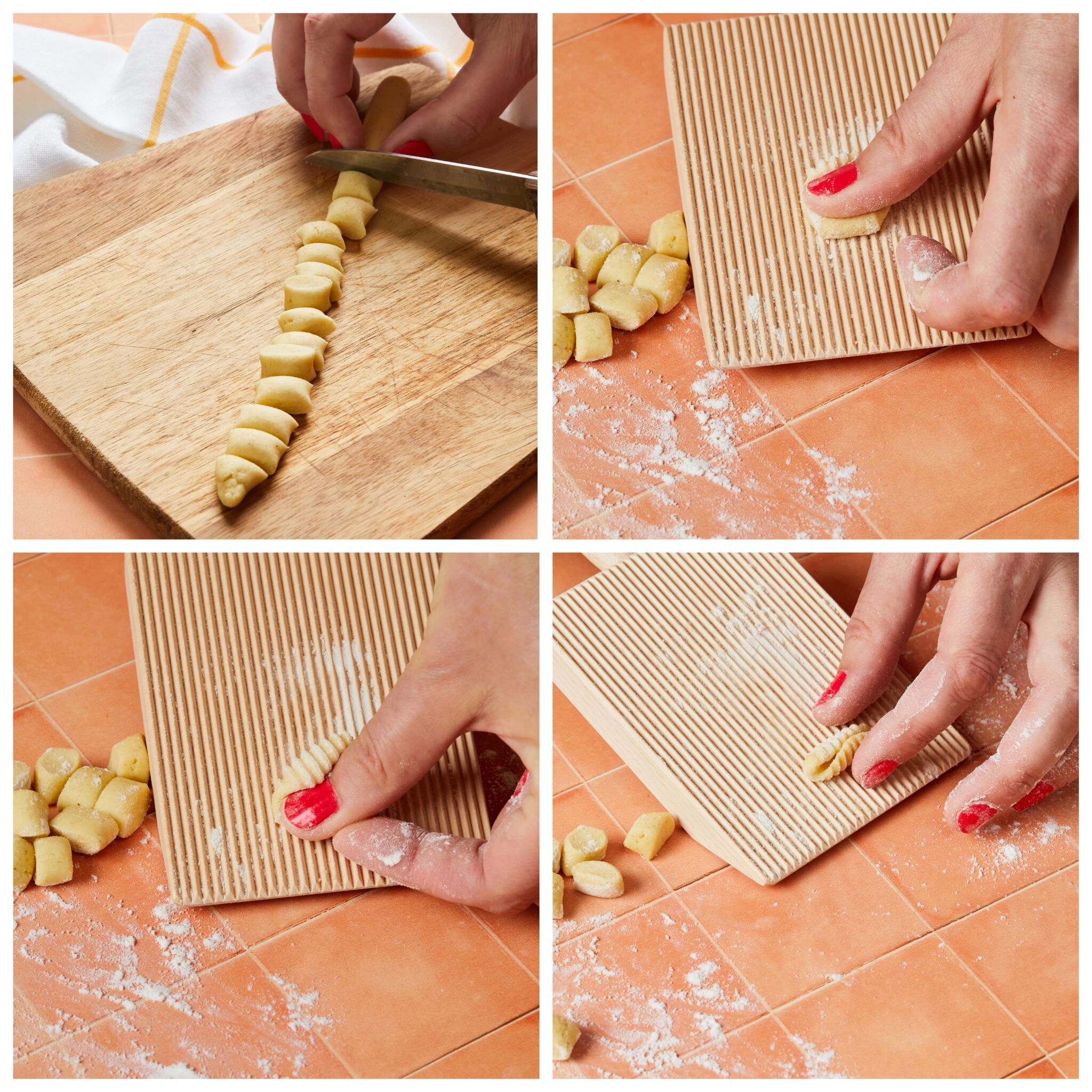
Can I Make Malloreddus Pasta in Advance?
After the malloreddus is completely air-dried, it can be stored at room temperature in an airtight container for eight weeks.
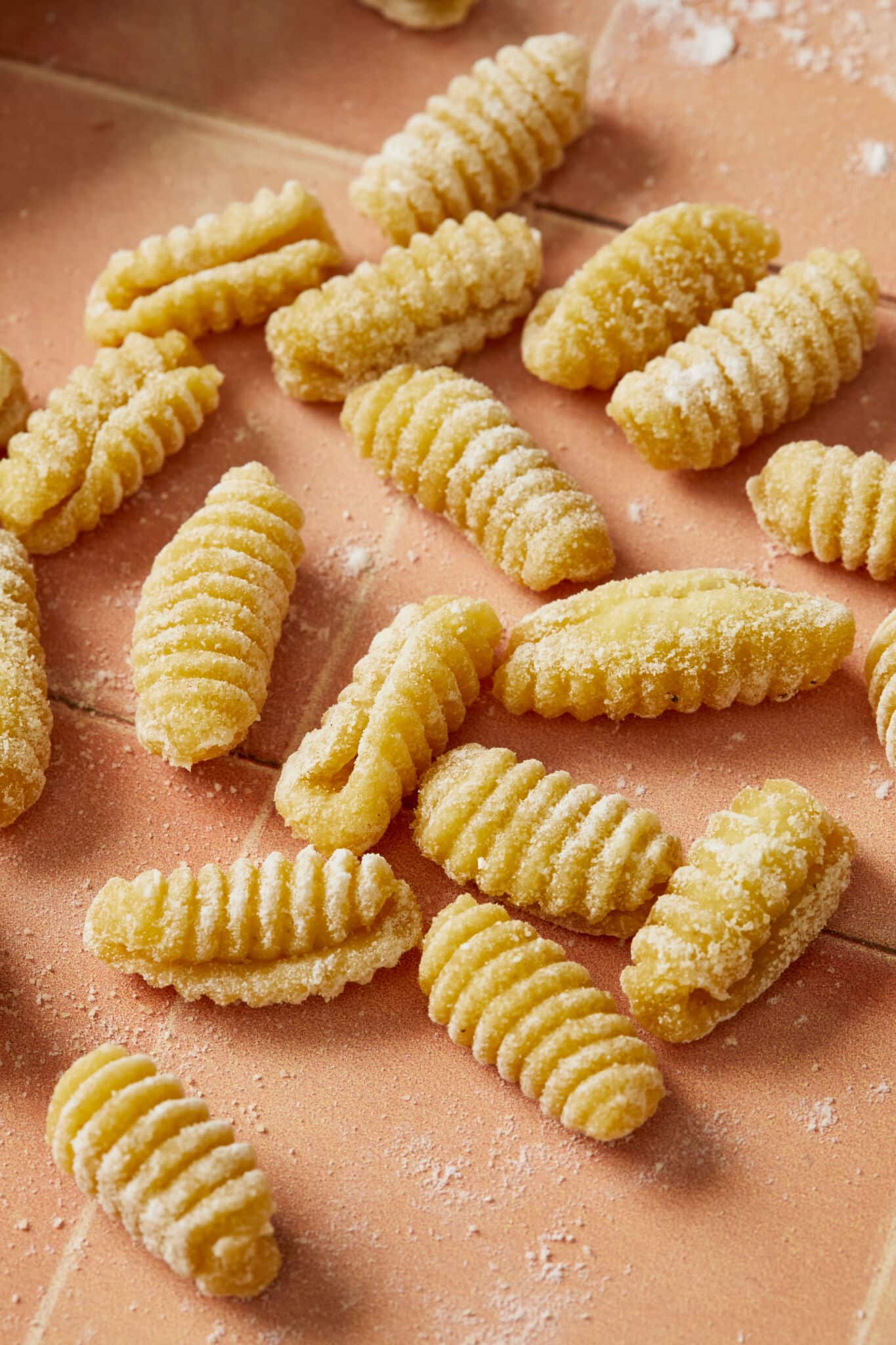
How to Dry Fresh Pasta Correctly at Home
- Drying pasta correctly and thoroughly before storing it away is a very important step: if not done correctly the stored pasta will go moldy.
- Because it will be held at room temperature and not in the fridge, removing all the moisture is key to ensuring the safety and longevity of your pasta.
- Start by tossing the malloreddus with a small amount of semolina to keep the dough from sticking.
- Next, lay the pasta in a single layer on a baking sheet. You will need to let your pasta completely air-dry.
- This can take anywhere from 12-24 hours or longer, depending on the temperature and humidity of your kitchen.
- In hot countries, this step can be faster by putting the pasta in the sun, which is what I do.
How to Store Malloreddus Pasta
- Store leftover cooked malloreddus in the refrigerator for up to three days. Drizzle a little olive oil on the pasta to keep it from sticking.
- Or allow the dough to dry in a single layer on the baking tray for several hours before transferring to an airtight container to be stored at room temperature for up to 8 weeks.
- Alternatively, freeze raw fresh semolina pasta for up to eight weeks.
FAQs
-
Can I still make malloreddus pasta if I don’t have a gnocchi board?
Yes, you can still make malloreddus. If you don’t have a gnocchi board, try rolling the pieces of dough over the tines of a fork.
-
Can I cook the pasta without drying it first?
The drying ensures that the malloreddus will keep its shape while cooking, and it also might be sticky if you try to boil it without drying it first.
-
Can I use my food dehydrator to dry my malloreddus?
Pasta is generally air-dried, however, you should be able to do it in a single layer in an oven or dehydrator at 135°F for about four hours, checking it at two hours to test it. The timing depends on the thickness of the pasta.
-
How will I know if my malloreddus is properly cooked?
Cook the pasta until plump and expanded, and the center no longer looks chalky or raw.
Gemma’s Pro Chef Tips
- Make the dough from my 2-Ingredient Semolina Pasta Recipe.
- This dough dries out quite easily so be sure to always keep the dough covered in an airtight container (or in plastic wrap) when you are not working with it.
- Pasta is usually shaped on an un-floured surface but if you find that your dough sticks to the board too much, try a very tiny amount of flour.
- This pasta must dry completely before cooking for it to retain its shape.
- Store-bought fresh pasta often cooks in a few minutes but this heartier handmade version can take longer. Be sure to cook thoroughly!
- Pair this pasta with Roasted Garlic and Herb Compound Butter, Compound Butter, Sun-Dried Tomato Compound Butter, Smoked Salmon Cream Cheese, or Garlic And Chive Cream Cheese, you’ll be grand!
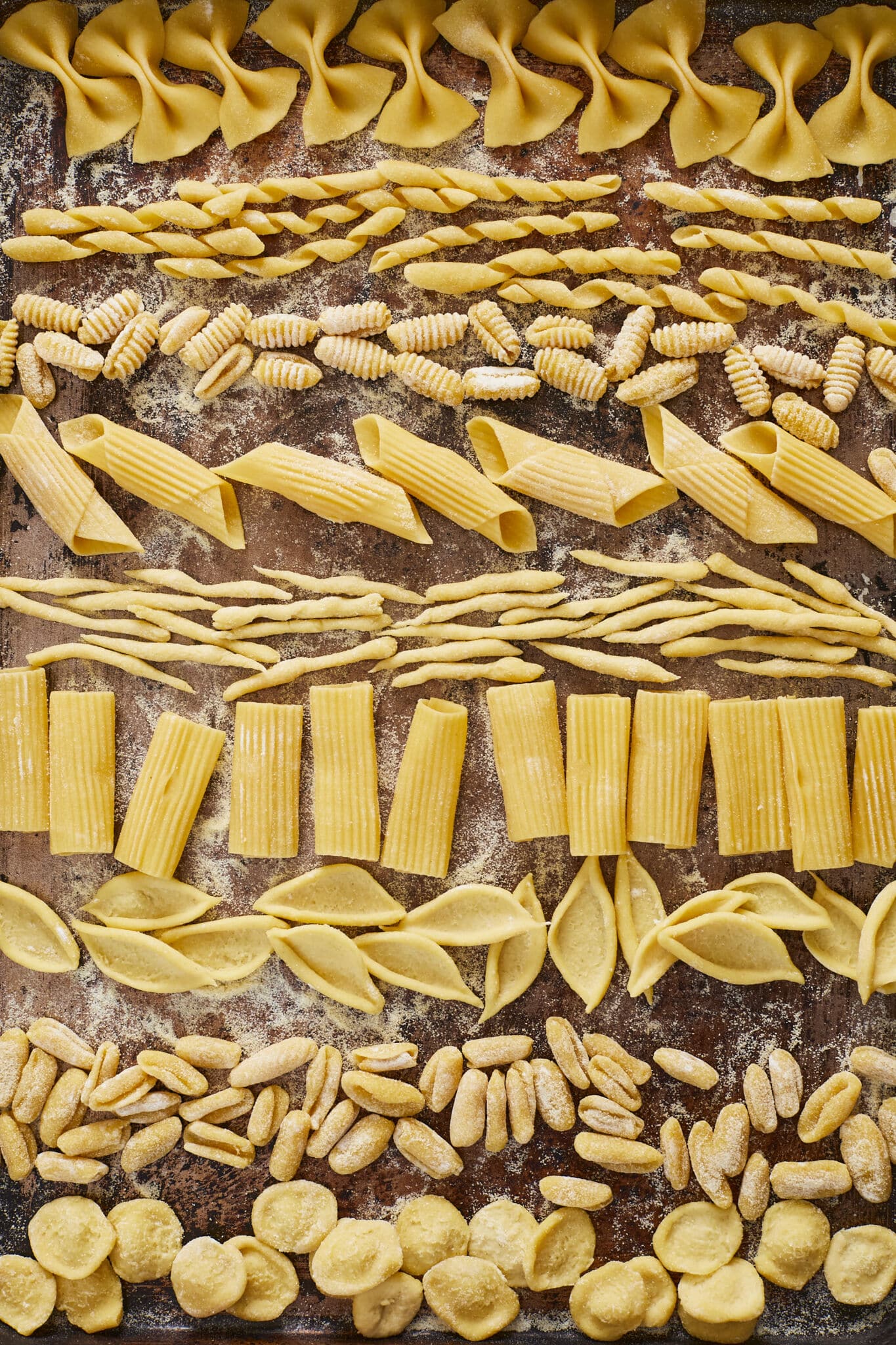
More Italian-Influenced Recipes
Malloreddus Pasta Recipe (Gnocchetti Sardi)
Ingredients
- 1 recipe 2-Ingredient Semolina Pasta Recipe
Instructions
- Divide your Semolina Pasta Dough into quarters and work with one portion at a time, leaving the rest covered to keep it from drying out.
- On a clean, un-floured work surface, roll the dough into a rope about ⅓-inch (1 cm) thick. Cut the rope into ½-inch (1½ cm) rectangles.
- Place a piece of dough on a ridged gnocchi board. With the side of your thumb, push the dough into the board and away from you at the same time so that it curls around your thumb.
- Knock the shaped dough off the board and continue with the remaining pieces. If the dough begins to stick you can use a touch of flour on the board.
- Transfer each piece to a baking tray dusted with semolina to let dry as you continue to shape the rest of the dough.
- Allow the dough to dry in a single layer on the baking tray for several hours to dry before cooking or transferring to an airtight container to be stored at room temperature for up to 8 weeks. (See my note above on ‘How to Dry Pasta Correctly at Home’)
- When ready to cook, bring a pot of salted water to a rolling boil. Add the pasta and cook until tender and fully cooked through, about 6-10 minutes. Cook time depends on thickness and shape so check for doneness before removing from the pot.
